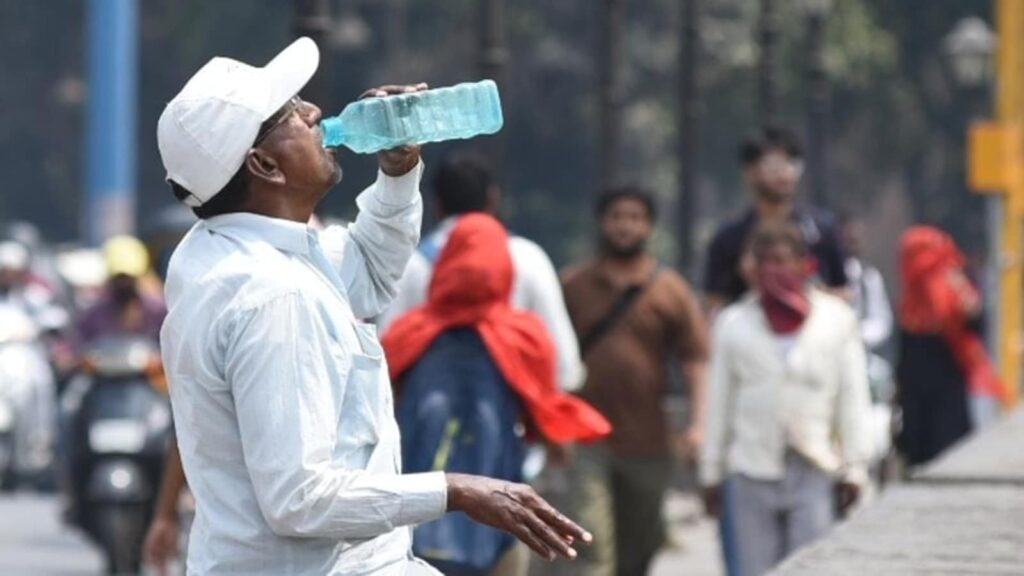The country is looking at searing heat ahead as it goes to polls in the peak summer months of April to June. The India Meteorological Department (IMD) in its seasonal outlook has forecast 10 to 20 days of heat waves, double the usual four to eight, for this summer. And this heat will not be restricted to one state or region. IMD in its outlook identified Gujarat, Karnataka, Rajasthan, Madhya Pradesh, Chhattisgarh, Odisha, Andhra Pradesh and parts of Maharashtra as the most vulnerable areas. The weather office also warned of likely water shortages, cleared winter-sown wheat crop of any threat as harvesting has already begun, and highlighted who is most at risk, while also urging authorities to “take proactive measures”.
Among these measures, the weather department suggested cooling centres, heat advisories and alleviation of heat island effects in affected areas. These may come in handy as nearly a billion people step out to vote in phases between April 19 and June 1, or we may be looking at a repeat of the political function in Maharashtra last year that claimed the lives of 30 people. But it is not just political activity that is likely to heat up. In an unusually hot week in June last year, over 100 people died of heat stress in Uttar Pradesh, Bihar and Odisha as they went about their lives. High temperatures and humidity are a combination just as dangerous as being out in the sun, as the “feels-like” temperature or heat index — a more accurate tool to assess risk — of 40-50°C can cause heat strokes. So, what may help the authorities in “safeguarding public health” is recognising heat-related deaths as such instead of attributing them to existing comorbidities, so that they can train health care providers to recognise and treat symptoms.
As spring recedes, the temperatures have inched past the 40°C mark in several regions and many parts of the southern peninsula are already struggling with unprecedented water crises. The country needs to plan for long-term exigencies as these issues are set to compound. Such circumstances tend to strain infrastructure such as water supplies, power grids and transportation networks. It may appear that, in the short term, dealing with this strain needs more investment in fossil fuel-based systems, which runs contrary to India’s climate commitments at the global level. This will also further exacerbate the temperature rise in the long-run. Caution and scientific wisdom should not be abandoned in the heat of the moment.
Continue reading with HT Premium Subscription
Daily E Paper I Premium Articles I Brunch E Magazine I Daily Infographics


